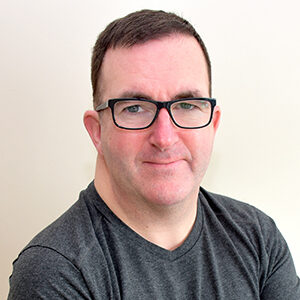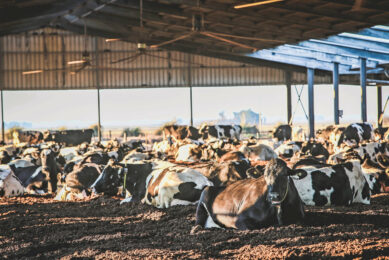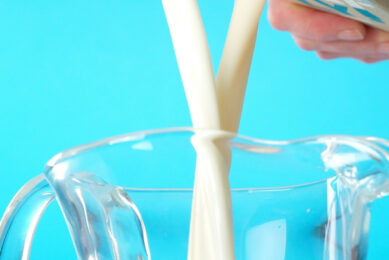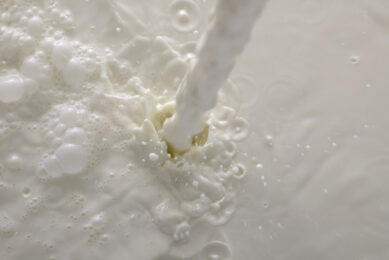NZ dairy farmer: Former sheep shearer excels at sharemilking

Will Hinton spent most of his working life travelling the world shearing sheep. He has changed careers and is now a sharemilker in New Zealand.
Will Hinton hails from Wiltshire, a southern English county where he and his father kept 500 ewes and 30 dairy cows in partnership. After earning a degree in livestock farming, he travelled the world, perfecting his sheep shearing skills in Australia and New Zealand. He did this alongside a job as a data analyst.
In 2017 in New Zealand, he met Kali Rangiawha, who also had a wealth of experience in dairy farming. Soon, they had children and settled down. In 2021, the couple started K&W Hinton Farms. For the past 18 months, they have milked 350 cows on a sharemilk basis on a 113-hectare farm 30 km north of Palmerston North on New Zealand’s North Island. The 350 crossbred cows are milked twice a day by a Waikato 54-stand outdoor milker. In the morning they spend 1.5 hours milking, and in the afternoon 1 hour. “Production in 2023/2024 was the highest ever on this site,” says Will. “We got 443 kg of fat and protein per cow.”
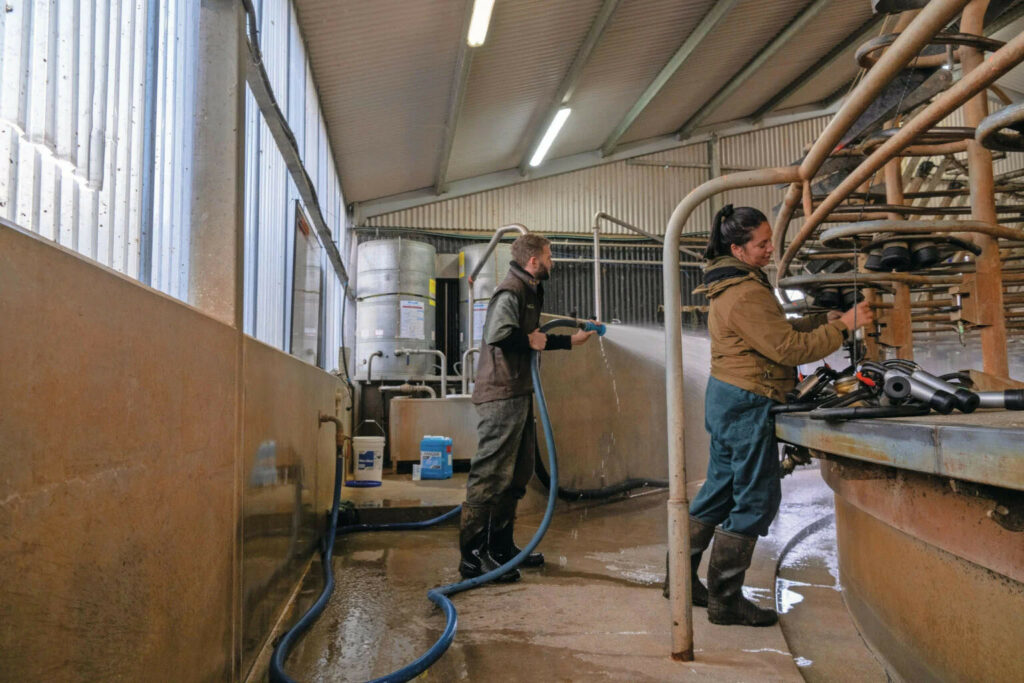
Breeding and insemination on the dairy farm
Kali also works as an inseminator for breeding organisation LIC. She works on a strict spring calving system on her own farm. “That suits the grass growth best,” says Kali. “We calve the cows from mid-July to the end of September, with the vast majority calving in the first 6 weeks.”
She uses sexed semen with the highest production value on the cows. The other cows are inseminated with beef breeds. Will and Kali keep the cows in one group that grazes outside all year round. The insemination season lasts 6 weeks, after which beef breed sires are mixed in with the cows for 4 weeks.
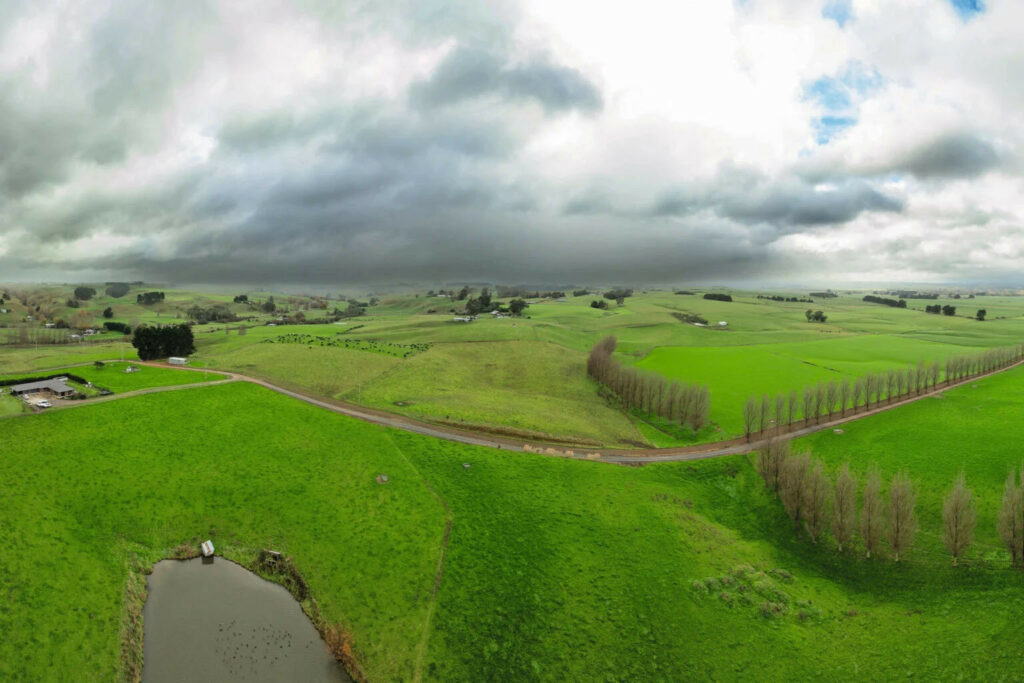
Keeping variable costs under control
In the sharemilking business model, it is important to keep the variable costs – which are by the duo – as low as possible. Kali and Will receive just under 20% of the milk money and have to pay for fuel, electricity and hired labour, among other things. “We run the farm ourselves, but we are hiring an employee this season,” says Will. “We can then train him before we take our next growth step.”
Will achieves a yield of 14 tonnes of grass per hectare – a total of 1,580 tonnes of dry matter. That covers 81% of the cows’ feed requirements. He feeds palm kernel flakes in the milking parlour and 100 tonnes of silage maize annually as a condition enhancer in late lactation. “We also grow summer crops, such as chicory,” Will explains. “That allows us to compensate for the decline in the energy and protein value of the grass during the growing season. That helps to maintain milk production.”
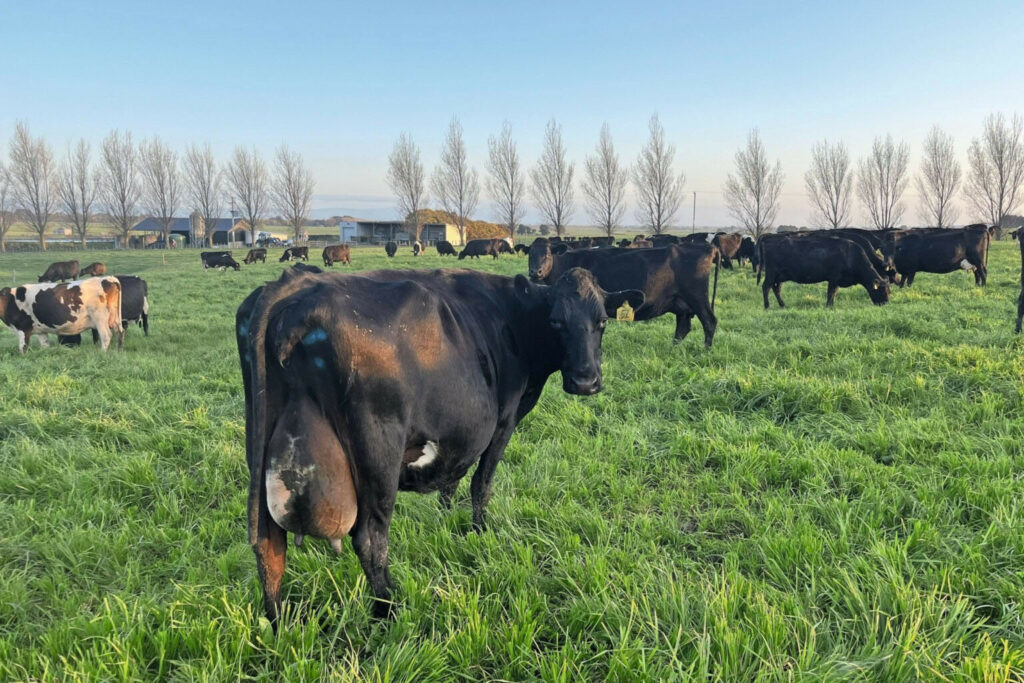
To 1,000 cows by 2030
Will and Kali’s goal was to own 200 cows themselves after 5 years as sharemilkers. That goal was brought forward in order to maintain a good work-life balance with 3 young children in the family. “We want to grow to about 600 cows this year with the purchase of cattle, and then grow to 1,000 cows in the next 5 years. In 2034, we want to take over a company.”
Winning the New Zealand Share Farmers of the Year Award, the highest category of New Zealand dairy awards, makes that easier, reckons Will. “That will definitely help us to realise some great opportunities in the future.”
However, he also sees considerable challenges ahead: “I think that progressing your business through sharemilking is going to be a lot harder. The path to owning a farm used to be clear, but with inflation, high interest rates and average milk prices, that goal seems further away than ever. I think global environmental regulation is a big challenge, and an exciting one. We need to continue to reduce our carbon footprint per kg of milk, which is currently the lowest per litre of milk globally, but we need to keep it going. By improving the bottom 25% of our herd and breeding more resilient cows, we can slowly reduce the number of cows,” Will says.


